Outdoor LED display screens are becoming increasingly popular for advertising, sharing public information, and enhancing events in outdoor spaces. This comprehensive guide will explore what these advanced displays are, their key technical features, top advantages, and important factors to consider when installing your own outdoor LED screen.
- What are Outdoor LED Display Screens?
- Key Technical Features of Outdoor LED Display Screen
- Must-Have Features for the Best Quality Screens
- The Many Benefits of Outdoor LED Display Screen
- Key Differences Between Indoor and Outdoor LED Displays Screen
- Advanced Management and Control of Outdoor LED Display Screen
- Critical Precautions for Installing Outdoor LED Displays Screen
What are Outdoor LED Display Screens?
Outdoor LED display screens are innovative large-format displays that are transforming visual communication and signage in outdoor spaces. Also referred to as outdoor video walls or outdoor LED billboards, these displays utilize high-brightness LED lighting with red, green and blue diodes to generate stunning, vivid imagery that grabs attention even in sunlight.
These advanced displays consist of hundreds or even thousands of compact LED modules made up of clusters of pixels. Individual LEDs make up the screen’s matrix of pixels, which are grouped together in tiles or cabinets to form a complete giant display.
With specialized LED control software, these modular display systems can showcase dynamic digital content including full motion video, photos, graphics, logos, text, and more. Content can be updated in real-time to tailor messaging or advertisements by time of day.
Outdoor LED displays range dramatically in size – from compact 32-square-foot displays mounted on buildings to massive displays covering 30-story skyscrapers. The larger displays demanding attention from great distances, allowing brands and venues to communicate with broader audiences.
These bright, high-resolution displays have become a popular choice for outdoor advertising, public service announcements, concert and sports venue enhancements, information displays in city squares, as well as any application needing vivid imagery visible in even direct sunlight. Outdoor LED screens provide flexibility and impact unmatched by traditional static signage.
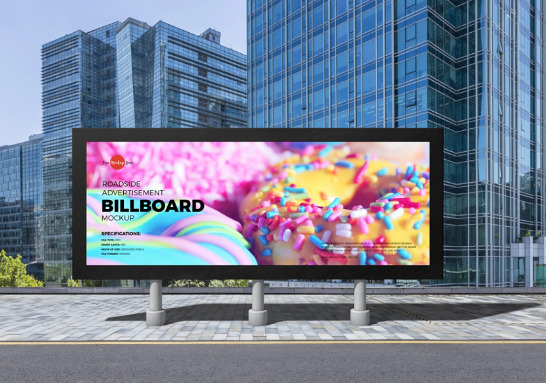
Key Technical Features of Outdoor LED Display Screen
Here are some of the core technical specifications and components that allow outdoor LED display screen to deliver such vivid imagery:
– Pixel Pitch – The distance between each LED pixel on the screen, such as 5mm, 10mm, 20mm, etc. A lower pitch provides higher resolution.
– Pixel Density – The number of individual LED pixels within a given area of the display. Higher density equals greater image detail.
– Brightness – Measured in nits, outdoor LEDs must have a high brightness of 6,000 to 10,000 nits for daylight visibility.
– Viewing Angle – The optimum viewing angle both horizontally and vertically is at least 160 degrees.
– Refresh Rate – The rate at which imagery is refreshed on the display, measured in hertz. A higher refresh rate delivers smoother video.
– Color Processing – The display’s ability to process color information for vibrant, accurate image reproduction.
– Weatherproofing – Protective cabinets with an IP rating to resist water, dust, pollution, etc.
– Modular Design – Tiles or cabinets that connect together to create the full display and allow for simple maintenance.
– Control System – Robust software for managing display operations and updating screen content.
Must-Have Features for the Best Quality Screens
To ensure excellent visual performance and longevity, only choose an outdoor LED display screen with these key features:
– Sufficient Brightness – 10,000 nits or higher for optimum daylight visibility.
– High Contrast Ratio – For sharper, more vivid image reproduction.
– Wide Viewing Angle – At least 160 degrees for easy off-axis viewing.
– Advanced Color Processing – For accurate and dynamic color reproduction capabilities.
– Excellent Heat Dissipation – To protect LED lifespan by preventing overheating.
– IP65 or Higher Rating – Maximum protection from outdoor elements like moisture.
– Durable Build Materials – Protective casings that can withstand impact.
– Modular Design – For simple maintenance and expansion capacity.
– Smart Remote Control System – For monitoring and remotely uploading content.
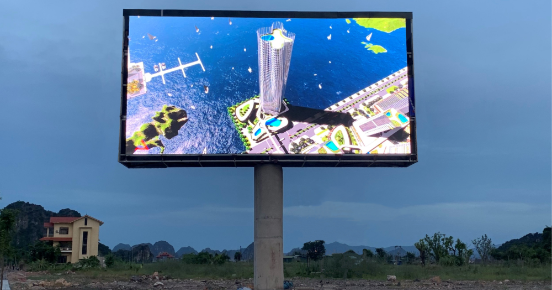
The Many Benefits of Outdoor LED Display Screen
There are many compelling reasons to use an outdoor LED display screen versus traditional static signage:
– Flexible Digital Content – Display imagery that can change in real time for different purposes.
– Visible in All Lighting – Bright enough to see clearly even in direct sunlight.
– Eye-Catching Video – Smooth, dynamic motion video grabs viewer attention.
– All Weather Durability – Withstands rain, snow, wind, heat and cold over years of use.
– Energy Efficient – LEDs consume much less electricity than traditional lighting.
– Long Lifespan – Properly maintained, LEDs can last over 50,000 hours before any brightness degradation.
– Public Safety – Quickly display important public service alerts and emergency messaging.
– Endless Creativity – Vibrant LEDs have no limits on the content that can be displayed.
– Increased Engagement – Viewers engage with and process LED content more than static signs.
– Brand Exposure – Use the screens for creative advertising to capture consumer attention.
Key Differences Between Indoor and Outdoor LED Displays Screen
While both utilize LED lighting technology, indoor LED displays and outdoor LED displays screens are engineered very differently to meet their unique usage needs. There are some key differences that set outdoor LED screens apart:
Brightness: Outdoor LED displays screens are designed to be significantly brighter than indoor displays with nit ratings ranging from 6,000 nits to over 10,000 nits. This allows them to combat glare and remain visible even in direct sunlight. Indoor LED walls only require brightness ranging from 500-1500 nits.
Weatherproofing: Outdoor LED displays screens feature heavy-duty weatherproof cabinets and coatings to withstand all types of outdoor conditions – rain, snow, wind, humidity, pollution, salt air, and direct sun. Indoor LEDs do not require this level of sealing and protection.
Cooling/Heating: Outdoor displays have integrated cooling and heating systems including fans and heat sinks to regulate internal temperature. Indoor LED displays instead rely on the existing HVAC system of a building for climate control.
Viewing Angle: Wider viewing angles of at least 160 degrees are needed on outdoor LEDs compared to indoor. This increased angle ensures the outdoor imagery can be seen clearly from greater distances and off-center positions.
Maintenance: The rugged outdoor elements require outdoor LED displays screens to undergo more frequent maintenance checks and part replacements compared to indoor LEDs in a climate-controlled space.
Installation: Rigging, mounting and installing an outdoor LED display is far more complex and labor-intensive, often requiring large construction cranes and crews. Indoor installation is simpler.
Durability: From cabinet construction to components and wiring, every aspect of an outdoor LED display’s build is engineered for maximum durability against weather, pollutants, impact, and other outdoor threats.
From brightness to weather-sealing, these differences allow outdoor LED screens to excel in public spaces while indoor LED displays are ideal for interior venues. Understanding these factors is key when choosing an LED wall.
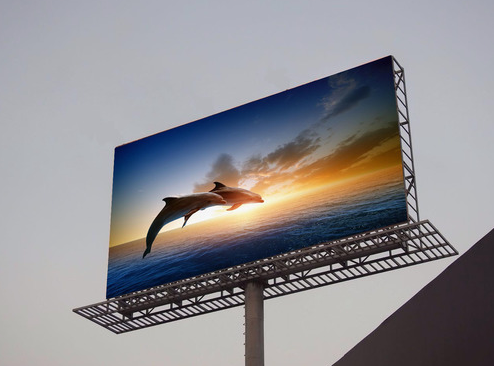
Advanced Management and Control of Outdoor LED Display Screen
Modern Outdoor LED display screens include sophisticated management software and controls that make operating these giant displays simple and intuitive.
The latest LED control software allows for remote access from any internet-connected device. Operators can remotely monitor the display in real-time, manage all display settings, schedule content playback, and troubleshoot issues from their laptop or mobile device.
Robust control systems also enable easy uploading of new content like image files, videos and graphics to the screen. Scheduled playlists can be set to automatically change the display’s imagery by time of day or date. This allows for tailored messaging – promoting happy hour specials in the evenings or displaying holiday-specific graphics.
LED control software leverages smart brightness sensors to optimize visibility and power usage. The sensors automatically adjust the screen’s LED intensity based on real-time data about ambient light conditions throughout the day and night.
For maintenance, the systems run diagnostics to check for any faulty LED modules and light sensors. Operators receive mobile notifications about any monitor issues, preventing downtime. All usage data and logs can also be viewed remotely to inform maintenance schedules.
The latest outdoor LED display screens even integrate features like live data feeds, social media integrations, and camera systems to engage audiences. Centralized control allows a single operator to orchestrate the entire outdoor LED display with ease.
Critical Precautions for Installing Outdoor LED Displays Screen
The installation process for outdoor LED displays requires careful planning and preparation to ensure the display is safely and properly mounted. Here are the most critical precautions to take:
Site Survey – Conduct thorough site surveys to choose an optimal location with maximum visibility and traffic impact. Identify any potential structural or electrical issues.
Permits – Secure all necessary building and electrical permits for the LED display based on local regulations. Permits are often required for outdoor signs.
Load Calculations – Work with structural engineers to evaluate weight loads, wind loads, and seismic conditions to ensure the mounting structure and fasteners can fully support the display.
Hoisting Equipment – Coordinate any specialty rigging equipment like cranes or lifts that will be needed to safely hoist the display up to the mounting structure.
Electrical Load – Consult with electricians to calculate the display’s power requirements and ensure the electrical system has sufficient capacity for operation.
Ventilation – Allow ample room for airflow circulation around and behind the display to prevent overheating.
Cabling – Use properly rated cabling for signal and power distribution. All cables must be securely routed and weatherproofed.
Accessibility – Design the installation to allow for safe, routine physical access to the backside of the display for maintenance and repairs.
Weather Sealing – Seal all cabinet joints and cable entry points to protect internal components from moisture and pollutants.
Safety Gear – Ensure installation crews have proper harnesses, rigging, safety cables and equipment for working at height.
Careful planning, preparation and oversight during the installation process is critical for deploying a safe, functional outdoor LED display that will provide years of reliable performance. Don’t cut corners during this foundational stage.
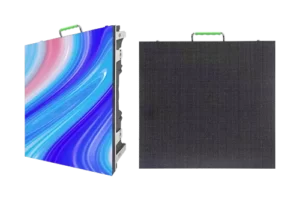


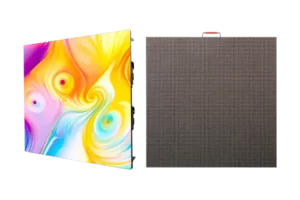
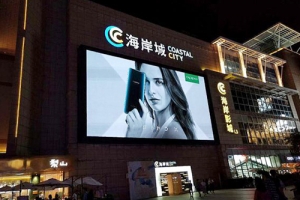


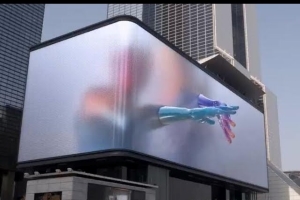
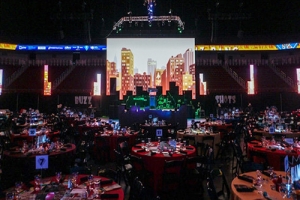

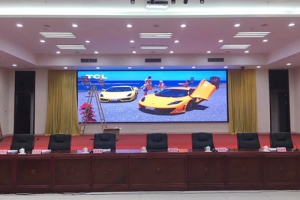
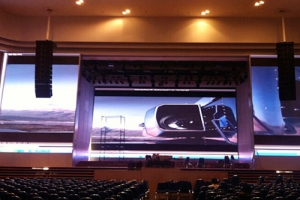
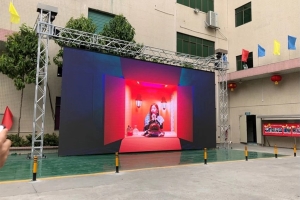
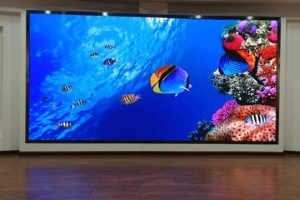
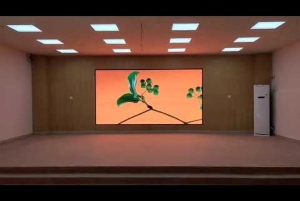
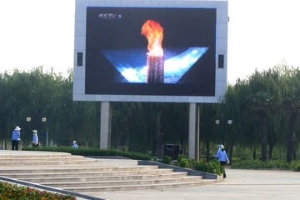


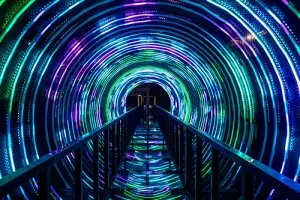


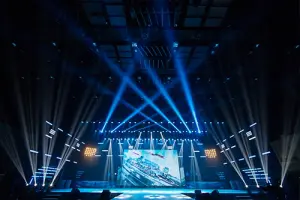
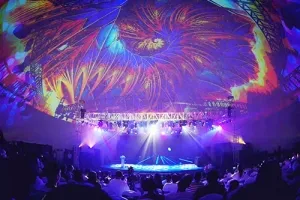

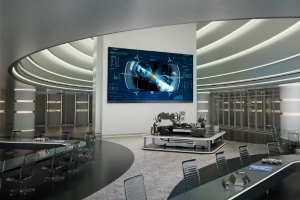



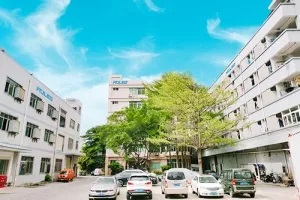


 Language
Language 




